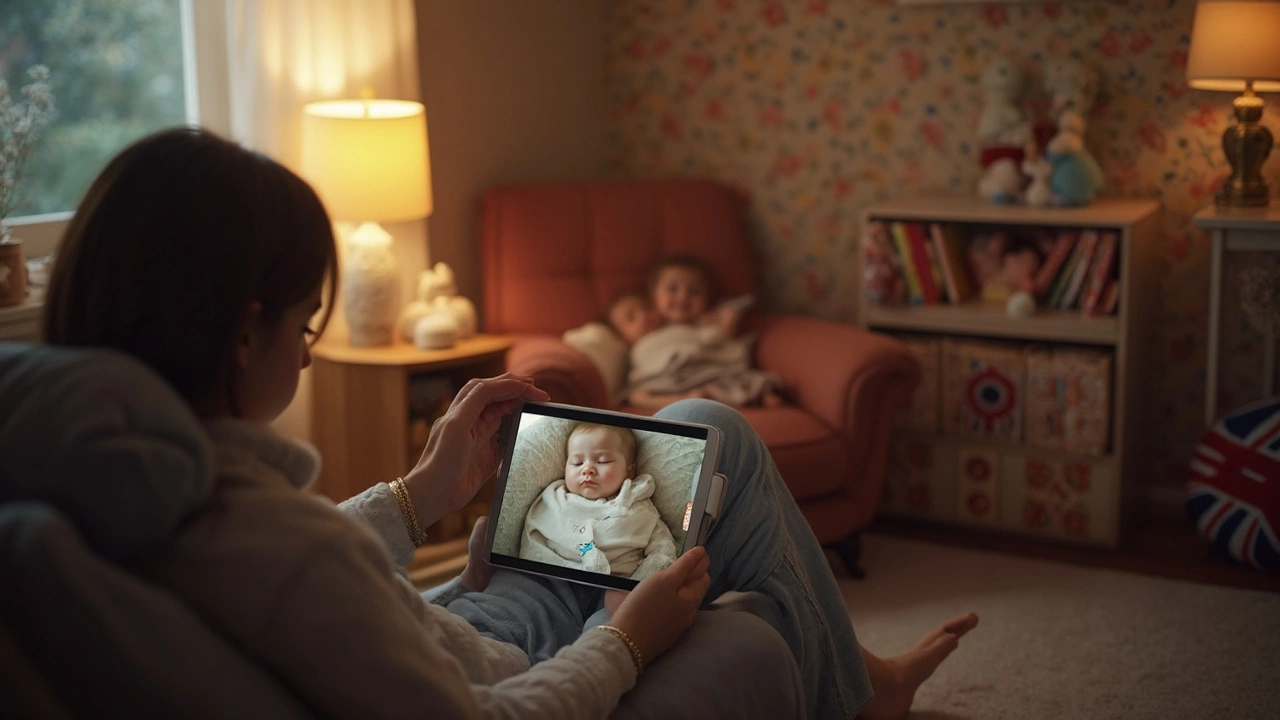Looking for a baby monitor that actually works without worrying about hacks or interference? You’re not alone. Parents want clear video, reliable sound, and peace of mind that the device won’t spill private moments online. Below are straight‑forward tips that help you pick the right gear, set it up safely, and keep it running smoothly.
First, decide if you need Wi‑Fi connectivity. Wi‑Fi monitors let you watch from your phone, but they also open a door for hackers if you don’t lock them down. If you’re comfortable with a dedicated screen and want the simplest security, go for a non‑Wi‑Fi (also called analogue) model. These use radio frequencies that stay inside your home and can’t be accessed over the internet.
When you compare Wi‑Fi monitors, look for the following:
Battery life matters too. Monitors with low‑power standby modes can run for days, while those with bright LCD screens may need daily charging. Check the specifications and read a couple of user reviews for real‑world battery endurance.
Even a top‑rated monitor can be vulnerable if you leave the default password unchanged. Change it to a strong, unique phrase right after you power it on. Avoid obvious choices like "1234" or "password".
Next, secure your home Wi‑Fi. Use a strong WPA3 password, hide the SSID if you can, and keep the router firmware up to date. A separate guest network for smart devices isolates the monitor from your main computers and phones.
If you use a mobile app, set the app to log out after a short period of inactivity. This reduces the chance that a curious friend or family member could peek at the feed when you’re not around.
Physical placement is another easy win. Mount the camera high enough that it can’t be knocked over, and keep it out of reach of curious toddlers. For analog monitors, point the antenna away from windows to limit signal leakage outside your house.
Finally, think about data storage. Some monitors save video on the cloud, while others use an SD card. Cloud storage is convenient but adds another layer of privacy risk. If you choose the cloud, enable any available encryption and set a clear retention policy—delete old footage you don’t need.
By following these steps, you’ll have a baby monitor that works well and stays private. Remember, the goal isn’t to buy the most expensive gadget, but to match the features you need with solid security habits. When you set up a monitor with a strong password, up‑to‑date firmware, and a secure Wi‑Fi network, you protect both your baby’s safety and your family’s peace of mind.
Got a favorite tip that helped you feel safer? Share it with other parents and keep the conversation going. The more we talk about simple, effective baby monitor practices, the easier it is for everyone to sleep soundly.

Trying to choose the best baby monitor can feel overwhelming with all the new tech and endless features. This article breaks down what parents really need, what to skip, and which monitor currently tops the list. Find out what sets the number one pick apart, how to make your monitor work smarter for you, and a few tips that even seasoned parents sometimes miss. Save yourself the guesswork and pick a monitor you’ll actually trust. No fluff, just straight talk about what’s worth your money.